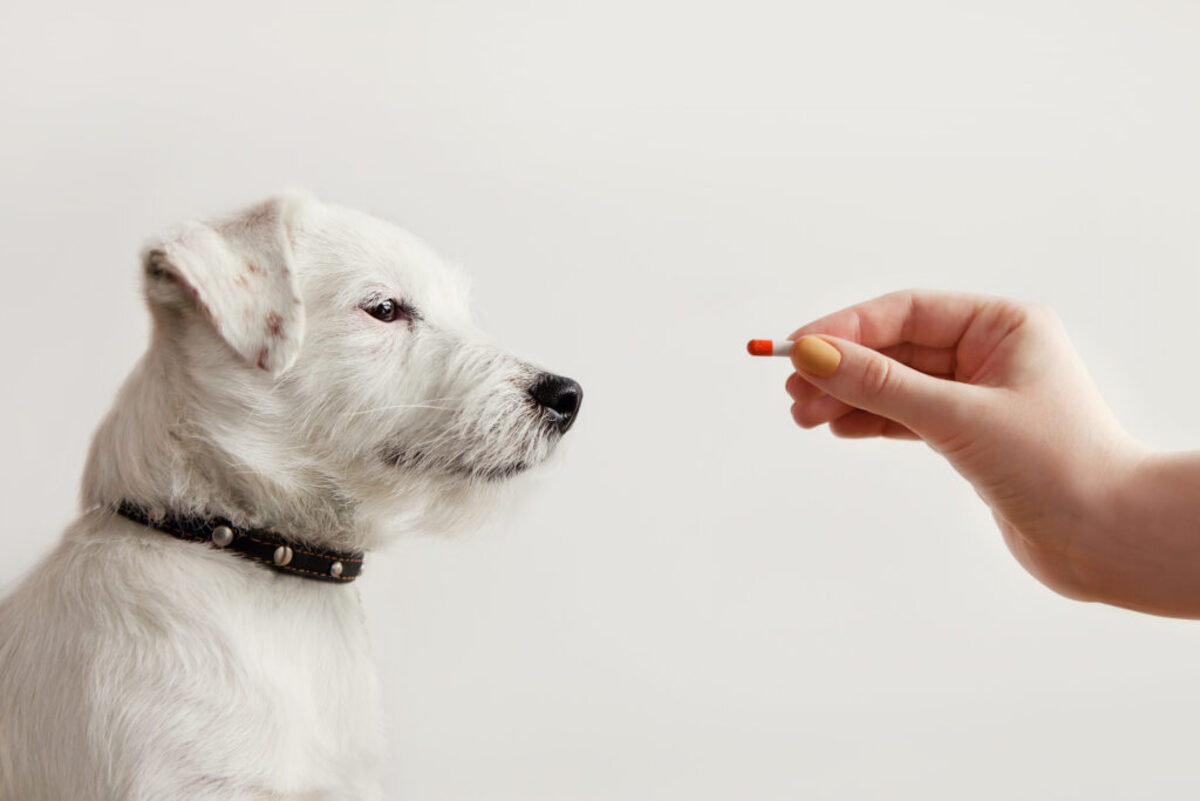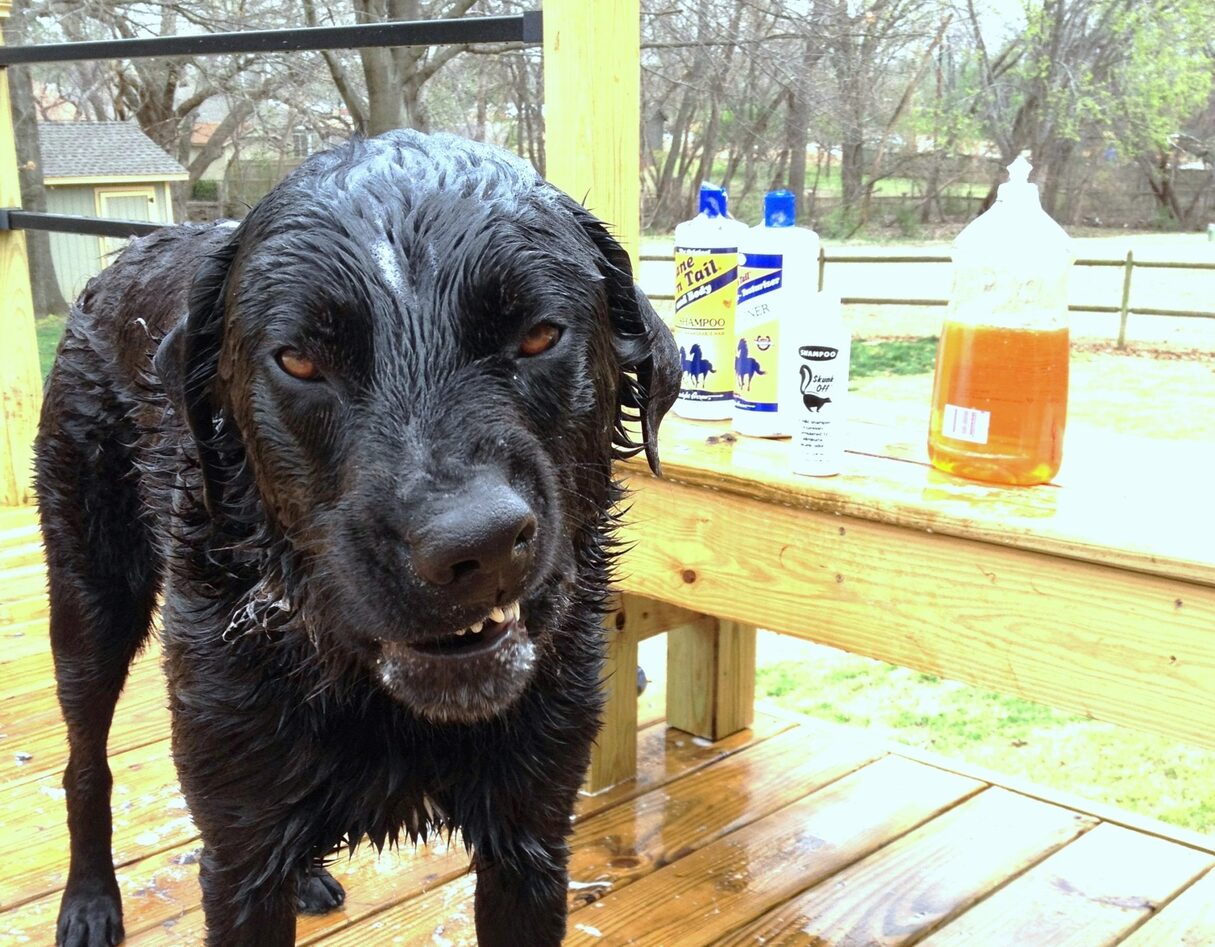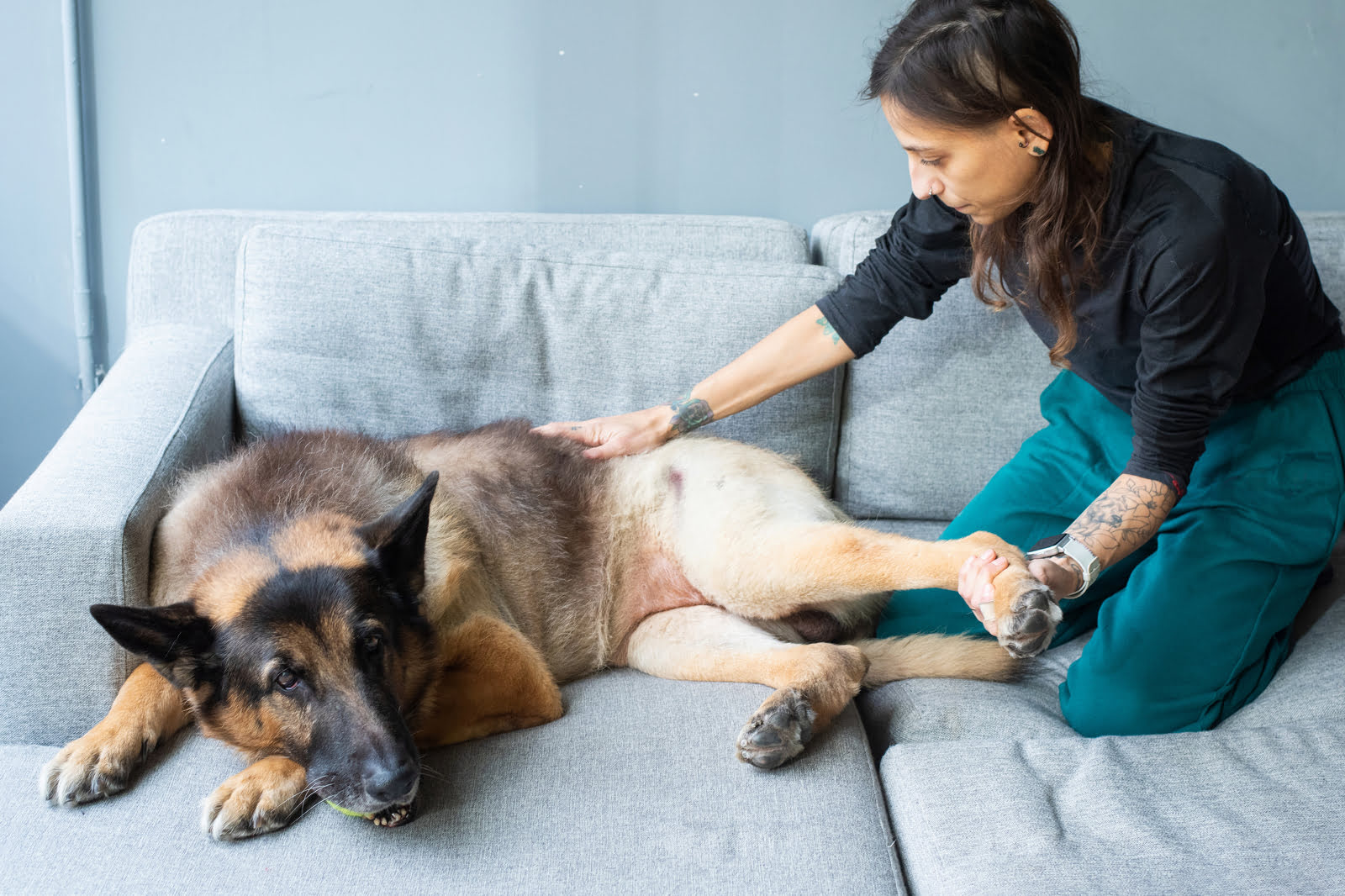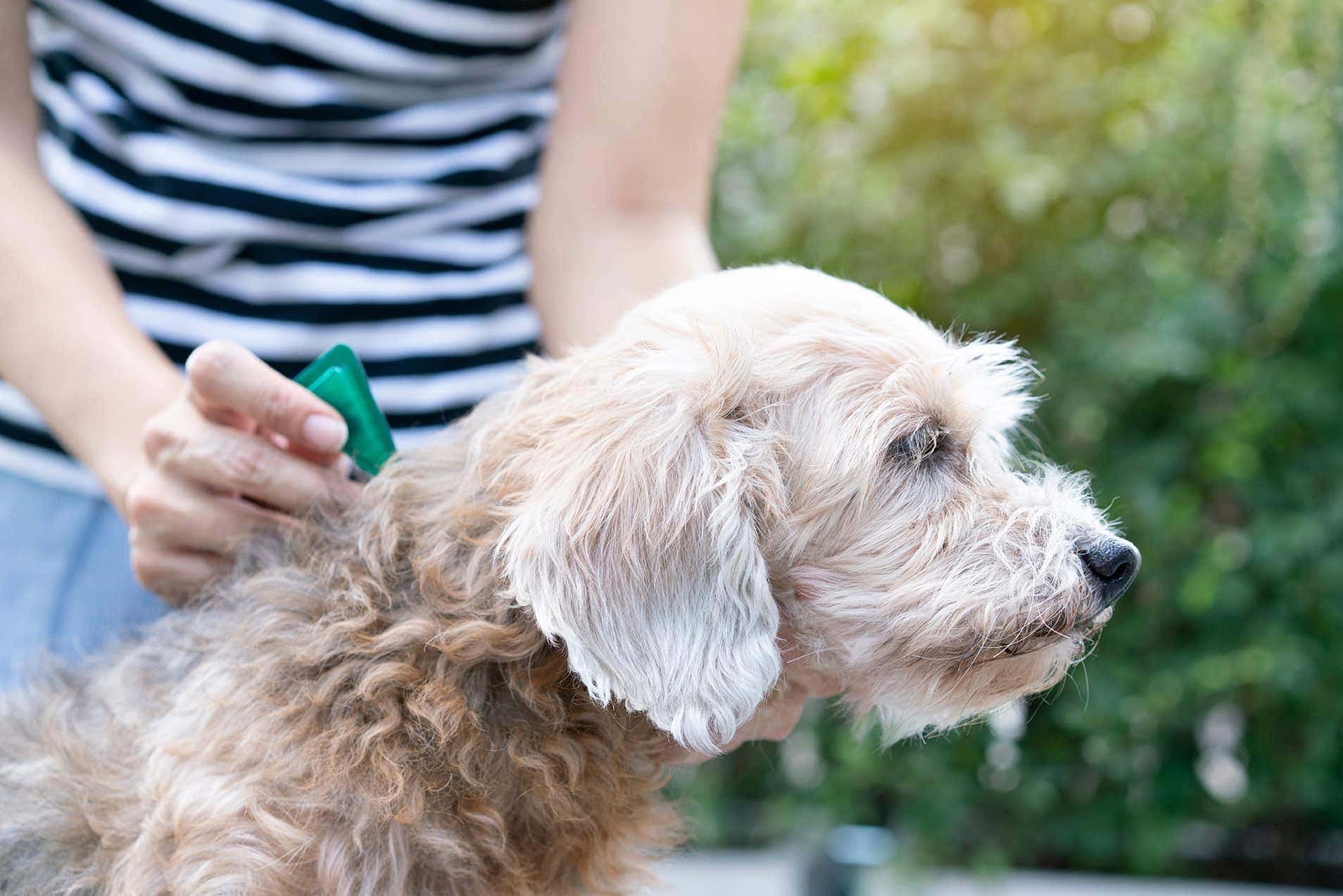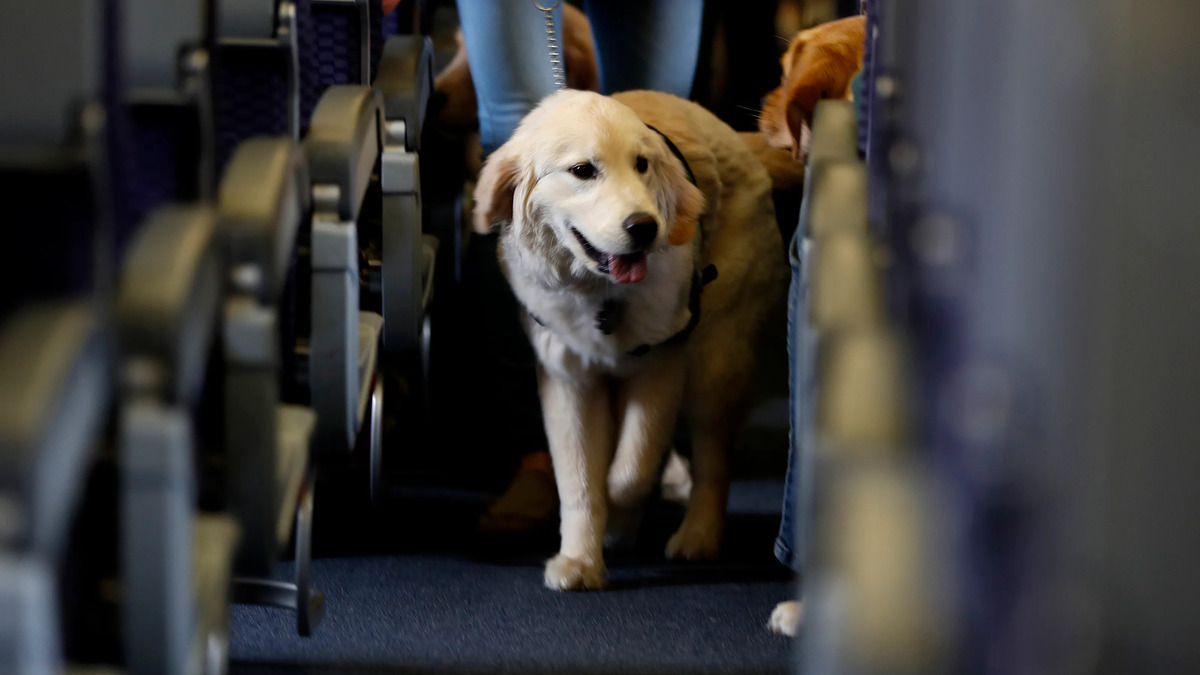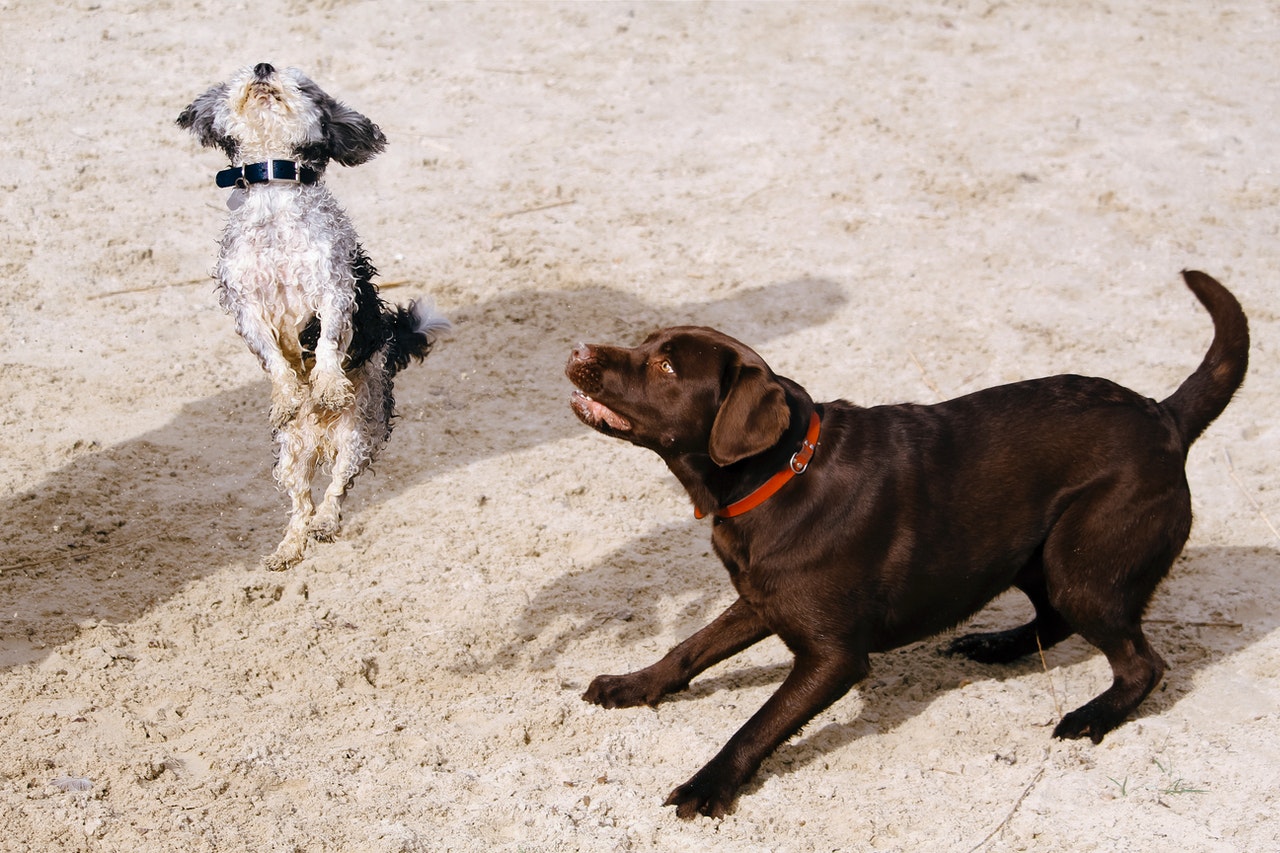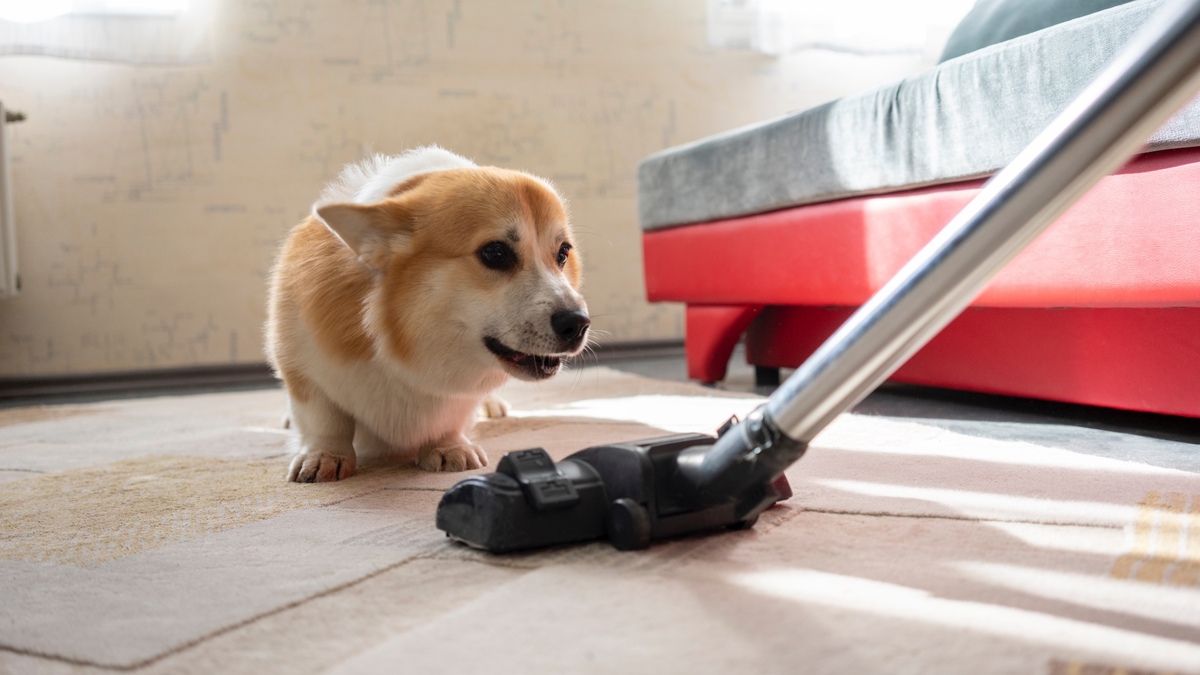Home>Health & Wellness>Behavior & Cognitive Care>How Do You Know If Your Dog Has Anxiety


Behavior & Cognitive Care
How Do You Know If Your Dog Has Anxiety
Published: January 30, 2024
Learn how to recognize signs of anxiety in your dog and discover effective behavior and cognitive care strategies. Help your furry friend feel calm and secure.
(Many of the links in this article redirect to a specific reviewed product. Your purchase of these products through affiliate links helps to generate commission for Pawsomeoldies.com, at no extra cost. Learn more)
Table of Contents
Signs of Anxiety in Dogs
Recognizing signs of anxiety in dogs is crucial for ensuring their well-being and addressing any underlying issues. Dogs, like humans, can experience anxiety due to various factors, and understanding their behavioral cues is essential for providing appropriate support. Here are some common signs that may indicate your dog is experiencing anxiety:
-
Excessive Panting and Pacing: If your dog is panting heavily and exhibiting restless pacing, it could be a sign of anxiety. This behavior often indicates that the dog is feeling uneasy or stressed.
-
Destructive Behavior: Dogs with anxiety may engage in destructive behavior, such as chewing on furniture, shoes, or other household items. This behavior can be a coping mechanism for their anxiety.
-
Excessive Barking or Whining: Unusual and persistent barking or whining can be a sign of distress or anxiety in dogs. They may vocalize their discomfort when feeling anxious or unsettled.
-
Trembling or Shaking: Dogs experiencing anxiety may tremble or shake, especially in unfamiliar or stressful situations. This physical response is a clear indicator of their emotional state.
-
Avoidance or Hiding: An anxious dog may exhibit avoidance behavior, such as hiding in secluded areas or avoiding interaction with family members or other pets. This withdrawal is a coping mechanism for their anxiety.
-
Excessive Licking or Chewing: Dogs may resort to excessive licking or chewing, particularly on their paws, as a way to self-soothe when feeling anxious or stressed.
-
Changes in Appetite: Anxiety can also manifest in changes to a dog's eating habits. They may lose interest in food or, conversely, seek comfort in overeating.
-
Aggression or Irritability: Dogs with anxiety may display uncharacteristic aggression or irritability, especially when feeling threatened or overwhelmed.
-
Excessive Drooling: Increased drooling, unrelated to food or physical exertion, can be a sign of anxiety in dogs.
-
Restlessness and Inability to Settle: An anxious dog may struggle to relax and exhibit constant restlessness, unable to find a comfortable or secure state.
Understanding these signs of anxiety in dogs is the first step in providing them with the care and support they need. By recognizing these behavioral cues, pet owners can take proactive measures to help alleviate their dog's anxiety and improve their overall well-being.
Read more: How Do You Know If Your Dog Has A Parasite?
Common Triggers for Dog Anxiety
Several common triggers can contribute to the development of anxiety in dogs. Understanding these triggers is essential for pet owners to create a supportive environment and minimize potential stressors for their canine companions. Here are the common triggers for dog anxiety:
-
Separation Anxiety: Dogs are social animals and can experience distress when separated from their owners or when left alone for extended periods. Separation anxiety can lead to destructive behavior, excessive barking, and other signs of distress.
-
Loud Noises: Sudden loud noises such as thunderstorms, fireworks, or construction sounds can trigger anxiety in dogs. The unexpected and intense nature of these noises can cause fear and unease, leading to anxious behavior.
-
Changes in Routine: Dogs thrive on routine and can become anxious when their daily schedule is disrupted. Changes such as moving to a new home, alterations in feeding times, or modifications in walking schedules can unsettle dogs and contribute to anxiety.
-
Lack of Socialization: Insufficient socialization during a dog's early developmental stages can lead to anxiety in unfamiliar social settings or around other animals. Dogs that have not been adequately exposed to various environments and experiences may exhibit anxious behavior in new situations.
-
Traumatic Experiences: Dogs that have experienced trauma, abuse, or neglect in the past may develop anxiety-related issues. These experiences can have a lasting impact on a dog's emotional well-being, leading to fear, mistrust, and anxiety in certain situations.
-
Health Issues: Underlying health problems, chronic pain, or discomfort can contribute to anxiety in dogs. Physical ailments can manifest as behavioral changes, and addressing the root cause of any health issues is crucial in managing anxiety.
-
Lack of Mental Stimulation: Dogs require mental stimulation and enrichment to prevent boredom and anxiety. A lack of mental engagement, such as insufficient playtime, interactive toys, or training activities, can lead to restlessness and anxiety in dogs.
-
Unpredictable Environments: Dogs thrive in predictable and stable environments. Unpredictable or chaotic surroundings, such as frequent changes in living arrangements or exposure to unfamiliar and unsettling environments, can trigger anxiety in dogs.
Understanding these common triggers for dog anxiety empowers pet owners to take proactive measures to mitigate potential stressors and create a supportive and nurturing environment for their canine companions. By addressing these triggers, pet owners can help alleviate their dog's anxiety and promote a sense of security and well-being.
How to Help a Dog with Anxiety
Helping a dog cope with anxiety requires patience, understanding, and a proactive approach to create a supportive environment. Here are effective strategies to assist a dog in managing anxiety:
-
Establish a Safe Space: Designate a comfortable and secure area within the home where the dog can retreat when feeling anxious. This space should be equipped with familiar bedding, toys, and comforting items to provide a sense of security.
-
Regular Exercise and Mental Stimulation: Engage the dog in regular physical exercise and mental stimulation to promote overall well-being. Activities such as daily walks, interactive play, and training exercises can help alleviate stress and reduce anxiety.
-
Consistent Routine: Establish a consistent daily routine for feeding, walking, and playtime. Predictability and structure can provide a sense of security for the dog, minimizing anxiety related to uncertainty.
-
Positive Reinforcement: Utilize positive reinforcement techniques to encourage calm and confident behavior. Reward the dog with treats, praise, and affection when displaying relaxed and composed demeanor, reinforcing positive associations.
-
Desensitization and Counterconditioning: Gradually expose the dog to anxiety-inducing triggers in a controlled and positive manner. This process, known as desensitization, coupled with counterconditioning techniques, can help the dog develop a more positive response to previously distressing stimuli.
-
Calming Aids and Supplements: Consider using calming aids and supplements, such as pheromone diffusers, calming collars, or natural remedies recommended by a veterinarian. These aids can help promote relaxation and reduce anxiety in dogs.
-
Professional Training and Behavior Modification: Seek guidance from a professional dog trainer or behaviorist experienced in addressing anxiety-related issues. Professional training and behavior modification techniques can provide tailored strategies to help the dog manage anxiety effectively.
-
Create a Calm Environment: Minimize exposure to loud noises, chaotic environments, and other stress-inducing stimuli. Providing a calm and peaceful living space can significantly reduce anxiety in dogs.
-
Seek Veterinary Consultation: If the dog's anxiety persists or significantly impacts its quality of life, consult a veterinarian to rule out any underlying medical conditions and explore potential pharmacological interventions or behavioral therapy options.
By implementing these strategies, pet owners can play a pivotal role in helping their dogs manage anxiety and improve their overall emotional well-being. Understanding the unique needs of the dog and providing consistent support can make a meaningful difference in alleviating anxiety and promoting a happy, balanced life for the beloved canine companion.
When to Seek Professional Help for Your Dog's Anxiety
Recognizing when to seek professional help for your dog's anxiety is essential in ensuring their emotional well-being and addressing any underlying issues that may require specialized intervention. While many pet owners can effectively support their dogs through anxiety with proactive measures, there are instances where professional guidance and expertise become necessary. Here are key indicators that signify the need for professional assistance in managing your dog's anxiety:
Persistent and Severe Symptoms
If your dog exhibits persistent and severe symptoms of anxiety that significantly impact their daily life and overall behavior, it may be indicative of a more complex underlying issue. Symptoms such as intense and prolonged panic attacks, extreme destructive behavior, or aggressive outbursts related to anxiety warrant professional evaluation and intervention.
Lack of Improvement
Despite consistent efforts to alleviate your dog's anxiety using various strategies and interventions, if there is minimal to no improvement in their condition over an extended period, seeking professional help is crucial. A professional assessment can provide valuable insights into the root causes of the anxiety and offer tailored treatment plans for your dog's specific needs.
Disruption of Normal Activities
When your dog's anxiety disrupts their ability to engage in normal activities, such as eating, sleeping, socializing, or participating in daily routines, it indicates a significant impact on their quality of life. Professional intervention can help address these disruptions and restore a sense of balance and well-being for your dog.
Aggravation of Physical Health Issues
Anxiety in dogs can exacerbate existing physical health issues or lead to the development of new health concerns. If your dog's anxiety is contributing to persistent digestive problems, skin conditions, or other physical ailments, seeking professional help is essential to address both the emotional and physical aspects of their well-being.
Impact on Family Dynamics
When your dog's anxiety begins to affect the overall dynamics and harmony within your household, including causing stress or tension among family members, it is a clear indication that professional support is necessary. Addressing the impact of your dog's anxiety on the family unit can lead to a more cohesive and supportive environment for both the dog and the entire household.
Read more: How To Know If Your Dog Is Allergic To Yeast
Previous Trauma or Behavioral Challenges
Dogs with a history of trauma, abuse, or complex behavioral challenges may require specialized professional assistance in managing their anxiety. Professional behaviorists or veterinary behavior specialists can offer tailored interventions to address the unique needs of these dogs and support their emotional well-being effectively.
Unmanageable Stress for Pet Owners
If your dog's anxiety causes unmanageable stress and emotional strain for you as a pet owner, seeking professional help is beneficial for both you and your canine companion. Professional guidance can provide reassurance, support, and effective strategies to alleviate the burden of managing your dog's anxiety.
In these circumstances, seeking professional help from a qualified veterinarian, veterinary behaviorist, or certified dog behavior consultant is crucial in addressing your dog's anxiety comprehensively. Professional expertise and tailored interventions can make a significant difference in supporting your dog's emotional well-being and enhancing their overall quality of life.
